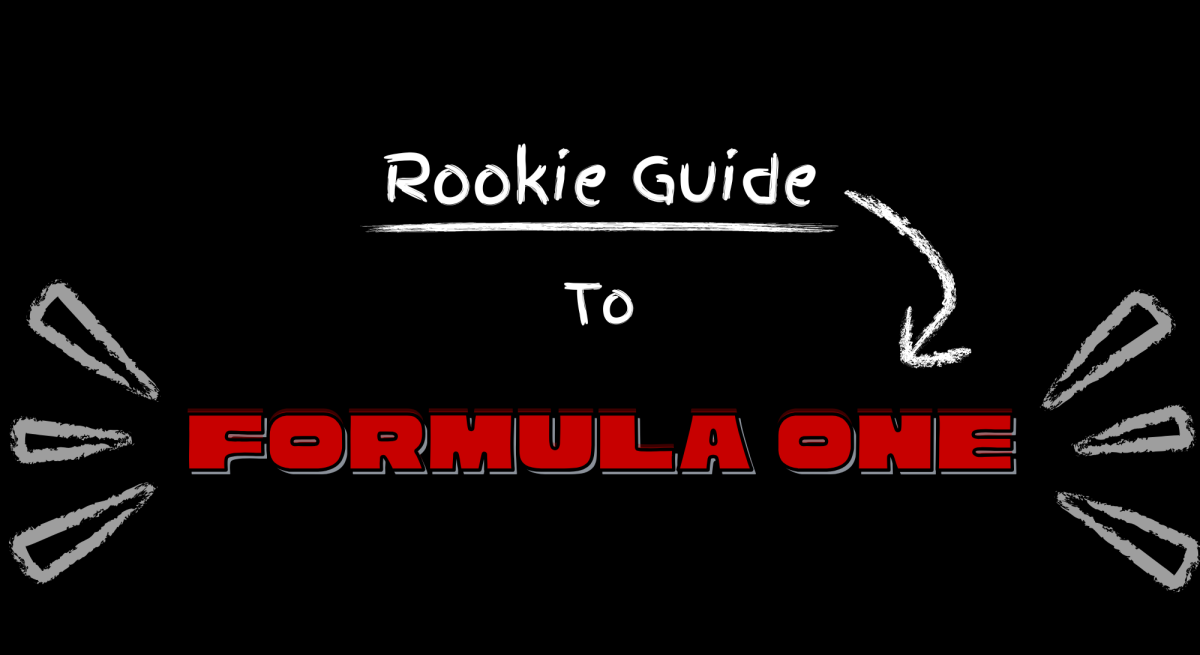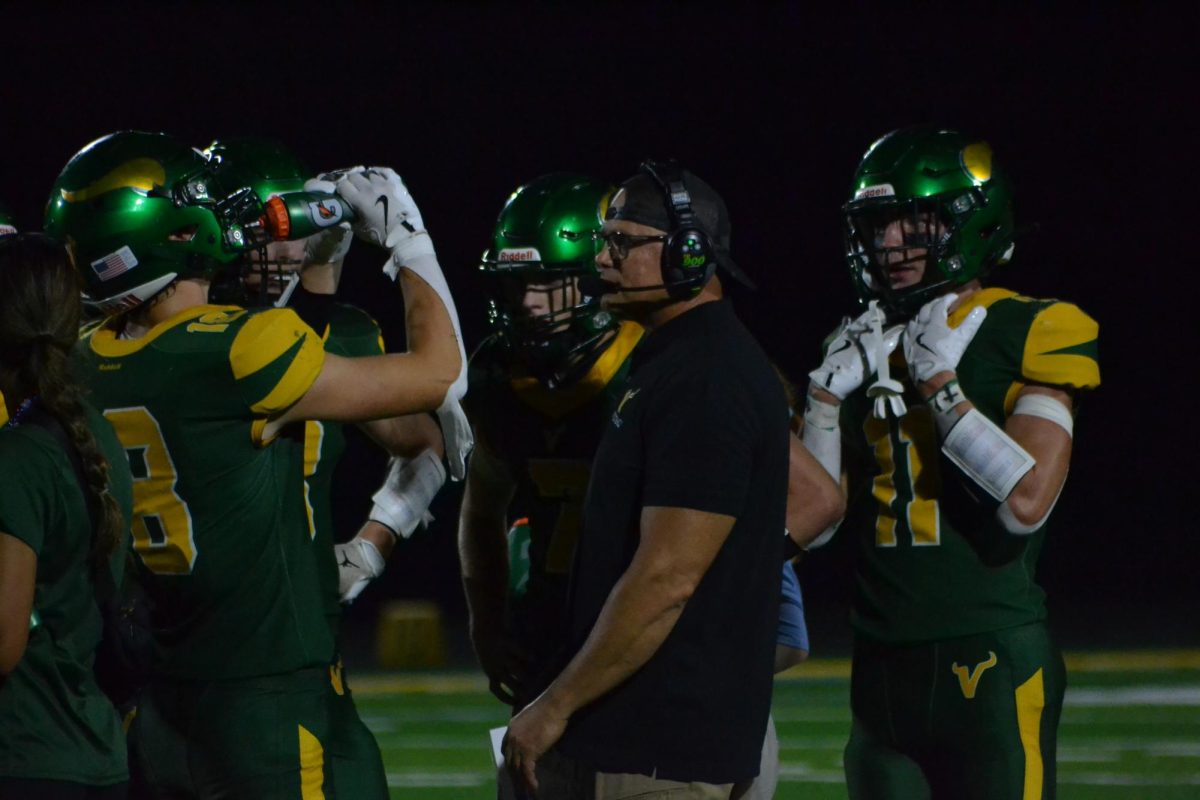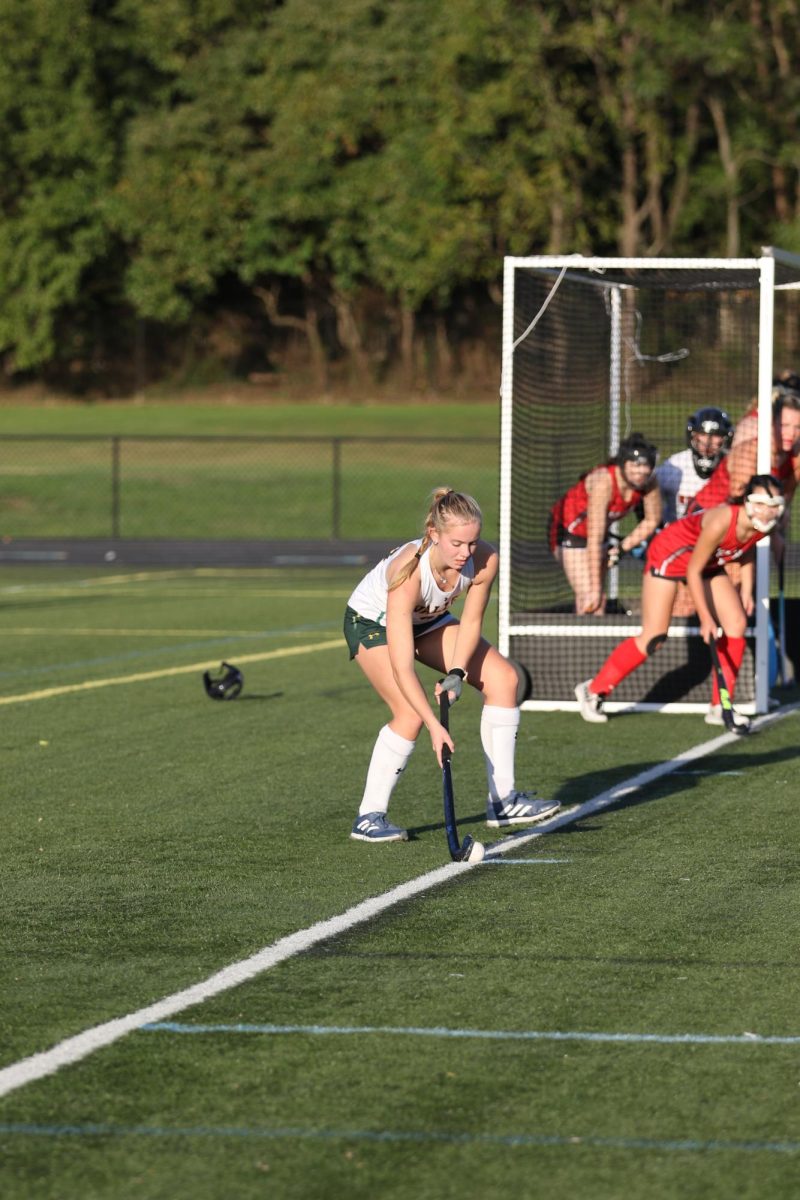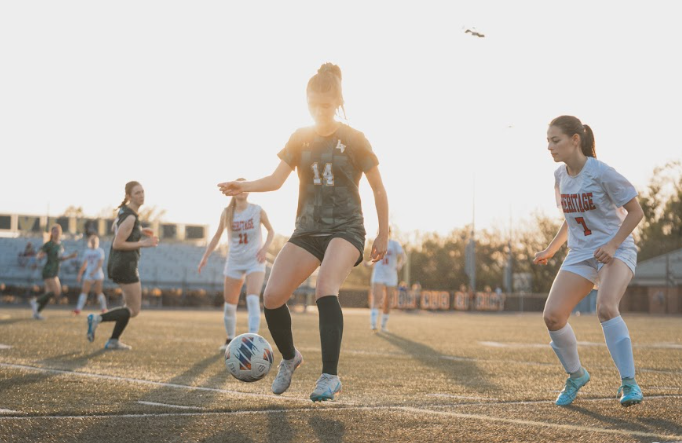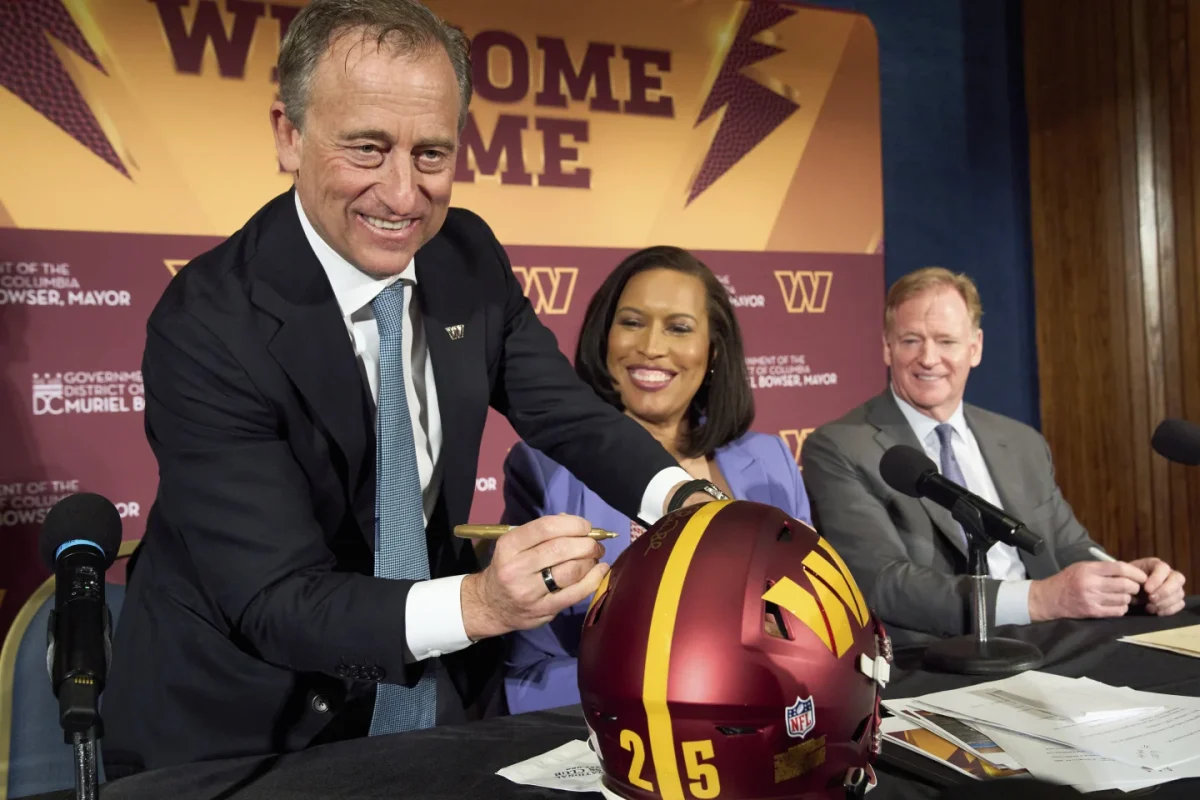Have you ever walked into a room and have been bombarded with race car jargon and Formula racing nonsense and had no clue how to respond? Well, to avoid any further confusion, and to sound like a true petrolhead, here is your short guide to Formula One racing.
What is Formula One?
Formula One is a single seater international formula racing sport consisting of 10 teams (currently, but as of last week an eleventh team has been added for the 2026 season) and 20 drivers. It first started in 1950 and has continued to evolve and adapt. A Formula One season consists of 24 race weekends, concluding with a Grand Prix, also known as a GP on Sunday (or Saturday if it’s in Las Vegas).
The rules and regulations are created and enforced by the FIA (Fédération Internationale de l’Automobile) and constantly change with the season.
Who are the Teams?
The ten current teams on the F1 grid are: Alpine, Haas, Williams, Red Bull, McLaren, Mercedes, Aston Martin, Ferrari, Kick Sauber and VCARB (Visa Cash App Racing Bulls). The 2026 season will include an eleventh team, Cadillac. This year’s season includes 7 rookies, making it a season with one of the highest rookie numbers ever.
Race Weekend
A typical race weekend starts on Thursday with free practice 1. This is where teams test their cars on the track and make adjustments as needed before qualifying and the race. There are two other free practices that take place on Friday. Saturday is qualifying day. During qualifying, teams try to be the quickest on track to get a good starting grid position on race day. Qualifying is timed, and after 18 minutes past, the bottom third of the grid is eliminated in what is called Q1, or Qualifying round one. These drivers on race day take up the bottom third of the grid and are arranged based on lap time, P20 being the slowest. Q2 and Q3 are the same with the second round, determining the middle of the grid and the third determining the top spots. After qualifying, it’s time for race day.
Race Day
On race day, the drivers are placed on the grid in the positions decided on in qualifying. They wait for the lights to go out, and then they go on the formation lap. This is a throwaway lap that is behind a safety car so the cars can get their tyres warmed up and race ready. During the formation lap, you will often see drivers swerving behind the safety car to check their steering. After the formation lap, the drivers will get back into their grid positions and now the real race starts. Every race has a different amount of laps depending on the track or circuit being used. The average time of a race is around two to two and a half hours. During the race, teams are required at minimum one pit stop, but this depends on the race as well. Some races will require two pit stops to increase competition. After the race is completed, drivers will receive points based on their position on the grid with the top ten earning from 25 points for a P1 finish to 1 point for a P10.
Other Helpful Track Definitions
If a map of the circuit shows up, don’t be alarmed by the DRS and Sector names. The sectors gauge how fast drivers are going and DRS stands for drag reduction system. In DRS zones, drivers within a second of the car in front of them can employ the drag reduction system to help with overtaking their opponent.
Well, now you have become familiar with the world of Formula One racing! Congrats! You can now hold a conversation with your F1 friends and family without being clueless. Enjoy your newfound knowledge and go impress your friends next time they bring up the new season.

